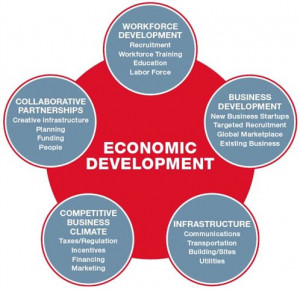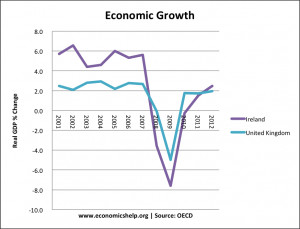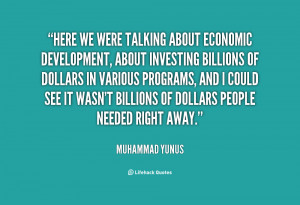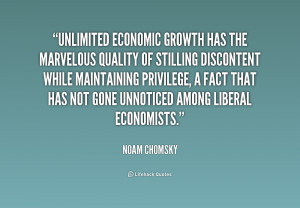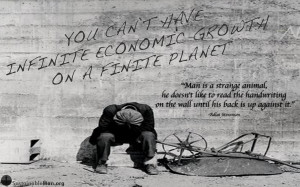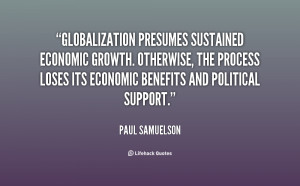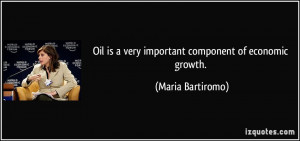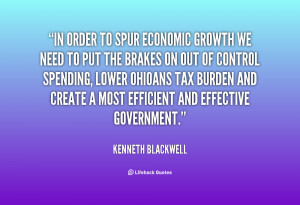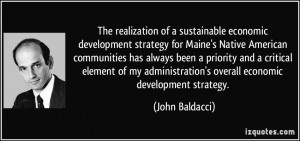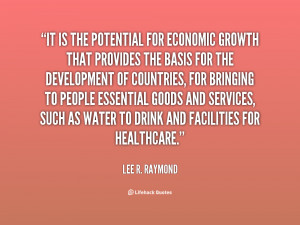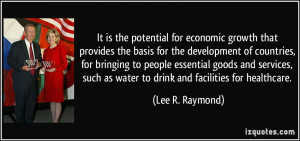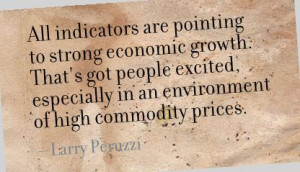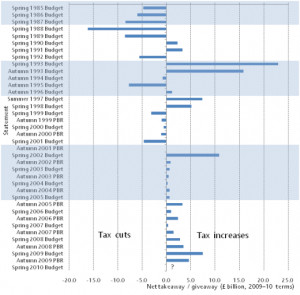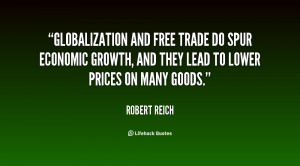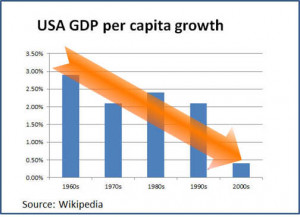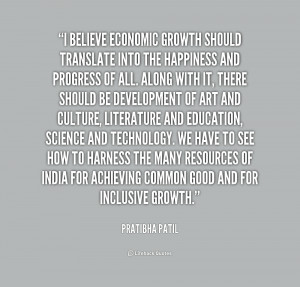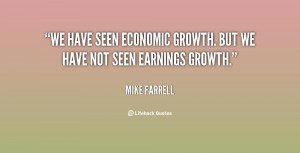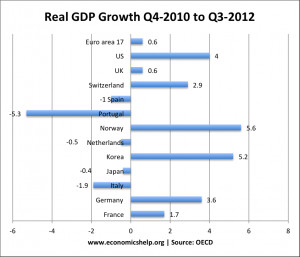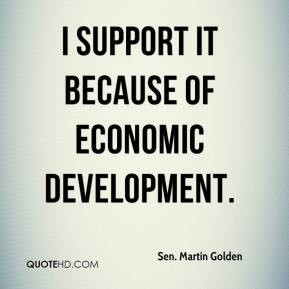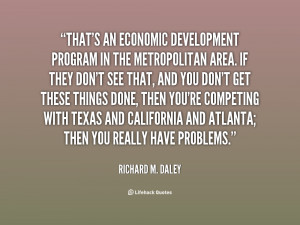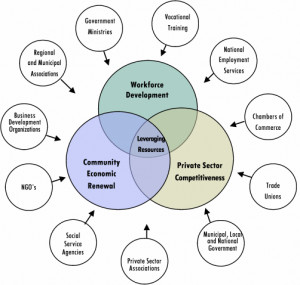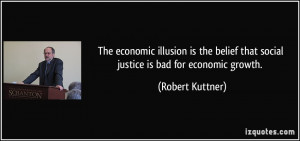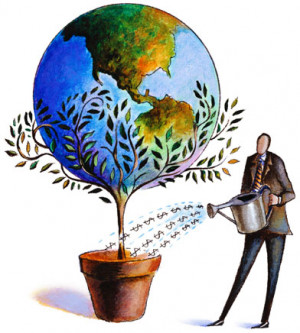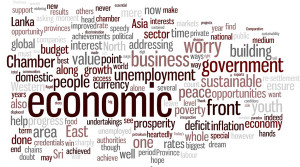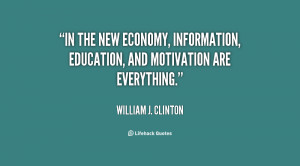Economic Growth Quotes
We know that when women have access to voluntary family planning services, supplies and information, society sees enormous gains in each of the three pillars of sustainable development - human development, economic growth and environmental sustainability. Without it, families, communities and natural resources are extraordinarily burdened.
We've seen over time that countries that have the best economic growth are those that have good governance, and good governance comes from freedom of communication. It comes from ending corruption. It comes from a populace that can go online and say, 'This politician is corrupt, this administrator, or this public official is corrupt.'
Saving our planet, lifting people out of poverty, advancing economic growth... these are one and the same fight. We must connect the dots between climate change, water scarcity, energy shortages, global health, food security and women's empowerment. Solutions to one problem must be solutions for all.
Countries with higher levels of gender equality have higher economic growth. Companies with more women on their boards have higher returns. Peace agreements that include women are more successful. Parliaments with more women take up a wider range of issues - including health, education, anti-discrimination, and child support.
Watch the walls come down, whether it's in the South or on Wall Street. When the walls come down, what do we find? More markets, more talent, more capital and growth. Which means that the race and sex discrimination stunt economic growth. It's not good for capitalism. It's not good for America's growth. And it's not morally right.
The dynamic drives of modern economic growth, in the countries that entered the process ahead of others, meant a reaching out geographically; and the sequential spread of the process, facilitated by major changes in transport and communication, meant a continuous expansion to the less developed areas.

